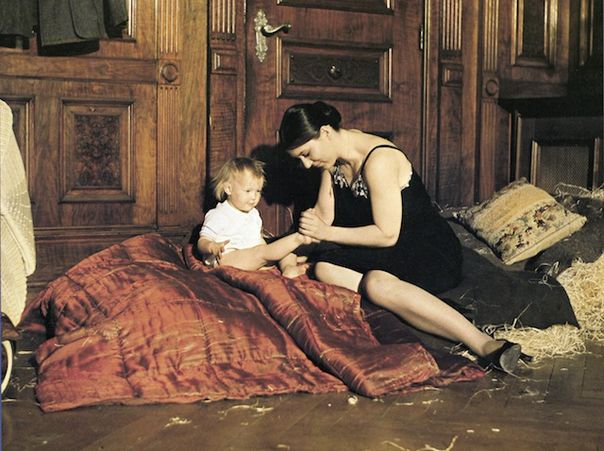Motherhood in Nazi Germany
Claire Lee reviews Helma Sanders-Brahms' family and war drama GERMANY, PALE MOTHER, hich features in the Berlinale Classic section.

Eva Mattes in GERMANY, PALE MOTHER
No one has memories of the time before our lives. Yet our stories start before we were born, as our parents' stories – how they met and who they were – become our own. Helma Sanders-Brahms' 1980 film GERMANY, PALE MOTHER, which is being screened in this year's Berlinale Classics session, offers a fictional biography of her mother – a German woman who raised her during and after World War II – and shows what makes her mother's life inseparable from her own.
In the film, we meet Lene (Eva Mattes), a stand-in for Sanders-Brahms’ mother in real life, who falls in love with a man, Hans, and marries him in 1939. One of the reasons she falls for him is because he is not a member of the Nazi party. Shortly after their wedding, however, the war breaks out and Hans gets conscripted. Lene gets to see him only briefly on his short leaves, and soon after, their daughter, Anna – essentially, Sanders-Brahms’ stand-in – is born. After her house is destroyed during a bombing raid, Lene, without Hans, escapes to the countryside with Anna.
During the war, Lene is independent, strong and tough. But everything changes when the war ends. After witnessing atrocities on the front line, Hans is not the man he used to be. He is cold, shallow, and distant. Depressed and weary of domestic life, Lene gets facial paralysis, which eventually requires her to have all of her teeth extracted. She also rejects Anna, even throwing a bowl of soup in the girl’s face – soup that Anna had prepared for her. “What should we expect from peace?” Sanders-Brahms asks in her voice-over. “Now, with the reconstruction, war starts within the houses.”
Lene’s almost-lifeless face, paralyzed, without teeth and full of horror, is also partly Anna’s creation, as much as it is of Hans and the war. Lene’s face, one of the film’s most striking images, is a result of the hardship of providing for her daughter, alone, during the war. Lene gave birth to Anna during an air raid, and she was raped by soldiers while escaping with her daughter in winter. Although Anna, in voice-over, says she is “not guilty for what happened before she was born”, it seems Sanders-Brahms feels both victimized and responsible for what Lene’s paralyzed face symbolizes: the disintegration of hope and lost opportunities for happiness suffered by her mother’s generation.

